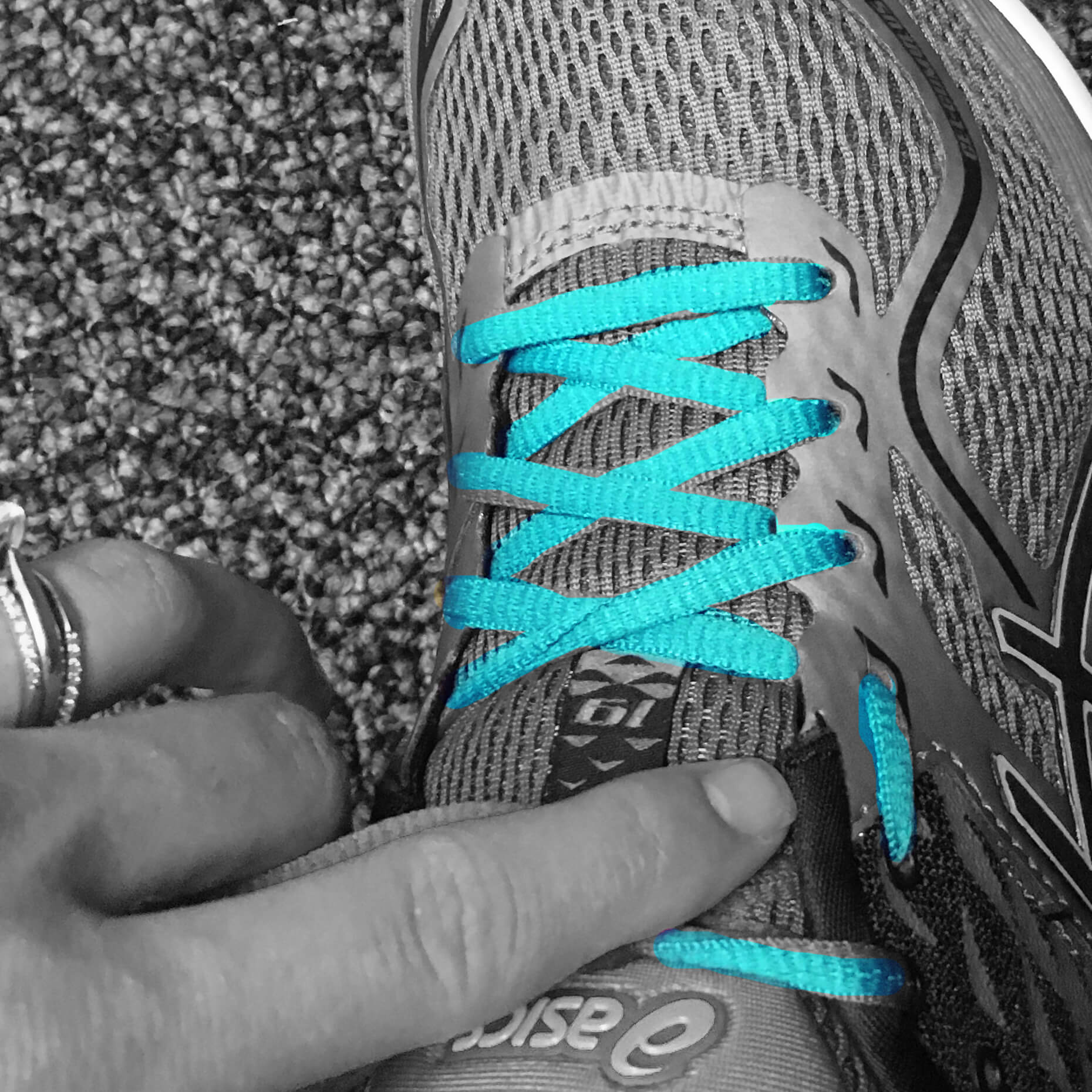Gap Lacing
Gap lacing is a variation of criss cross lacing that misses a cross over to form a gap in the lacing. This form of lacing is particularly useful when you would like to remove the shoelace over a sensitive area of the foot. Gap lacing can also provide more flexibility to the ankle.
How to Gap Lace a pair of trainers, shoes or boots.
The Technique for Gap lacing
- Start at the bottom of the shoe on the first set of eyelets.
- Start lacing straight across on the inside and out through the eyelets.
- Cross the ends feeding the shoelace out through the next higher set of eyelets.
- As the shoelaces reaches the sensitive area of the foot run the shoelaces straight up the eyelets missing a set to create a gap in the lacing.
- Above the gap continue to criss cross the shoelace until lacing is complete.
Gap Lacing Benefits
Gap lacing is useful when there is a need to remove pressure from a sensitive area of the foot. Gap lacing can also provide more flexibility for the foot in the shoe. However, gap lacing will provide a longer lace to tie as it will have longer ends in comparison to criss cross lacing. Gap lacing can also be beneficial to running and jogging as it provides more flexibility and removes pressure from the foot.
Best Uses For Straight Bar Lacing
- Releases pressure over sensitive areas of the foot
- Provides more flexibility
- Good shoelace technique for running

Other Shoelacing Methods
Criss Cross Lacing